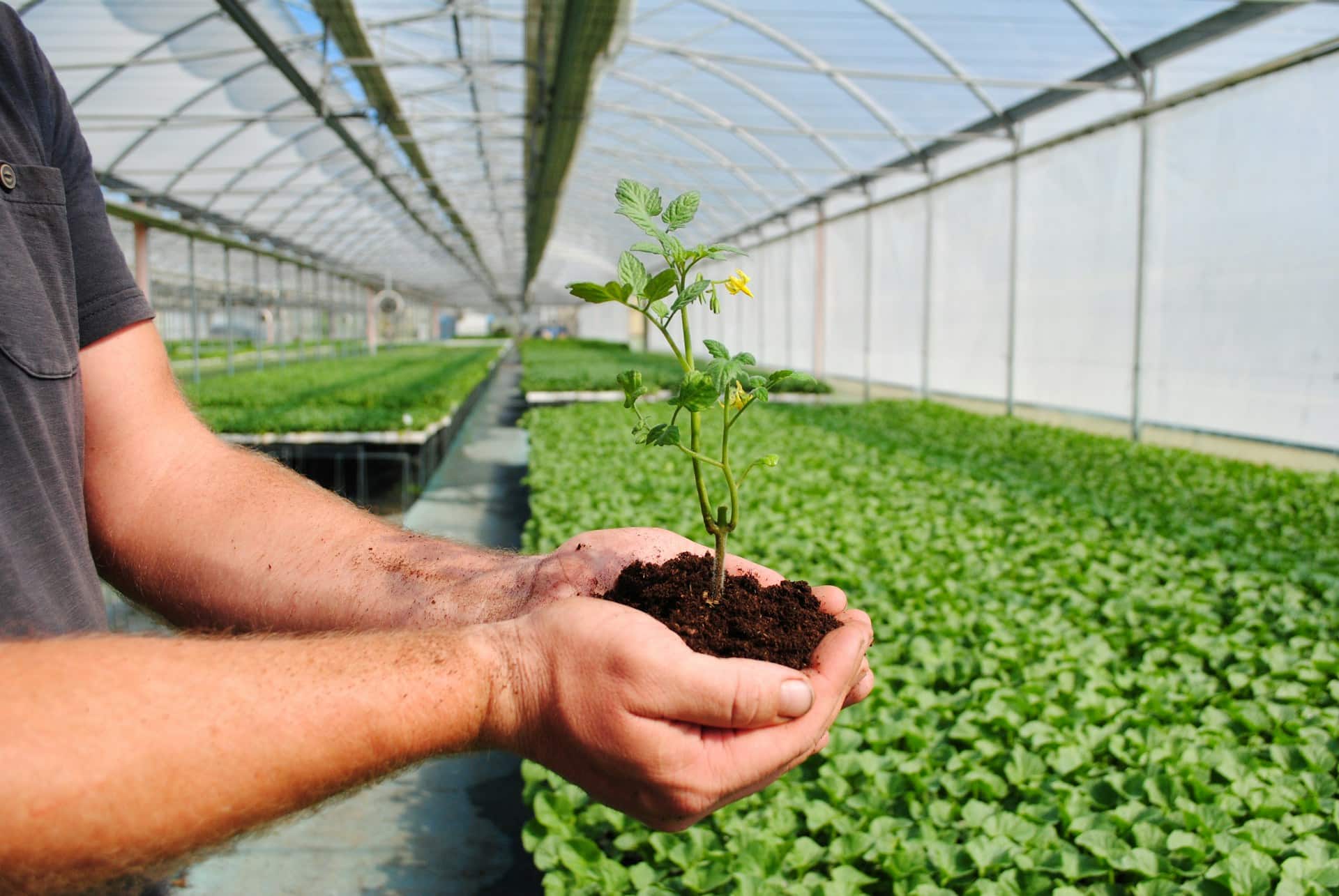Are you looking for a way to boost the productivity of your fruit trees? Perhaps you are searching for a natural, organic method that will enhance not only the growth of your trees but also the fruit yield and the overall health and vitality of your garden. Consider the use of mycorrhizal fungi. These beneficial organisms form a symbiotic relationship with the roots of your trees, aiding in nutrient absorption, improving soil structure, and safeguarding against harmful pathogens.
What is Mycorrhizal Fungi?
Mycorrhizal fungi are a type of beneficial fungi that form a mutualistic relationship with the roots of plants. These fungi penetrate the root tissues of the plant and extend their mycelium, or root-like structures, into the surrounding soil. This greatly increases the root surface area, allowing the plant to access water and nutrients that would otherwise be out of reach.
Dans le meme genre : How to Set Up a Rain Barrel System for Garden Irrigation in Urban UK?
When you incorporate mycorrhizal fungi into your planting and gardening routine, you are effectively improving the plant’s natural ability to gather nutrients and water. Because of this symbiotic relationship, plants can thrive in conditions that might otherwise be inhospitable. They may also be more resistant to diseases and other types of stress, such as drought or extreme temperatures.
The Benefits of Mycorrhizal Fungi for Fruit Trees
Fruit trees, like all plants, rely on a complex network of roots for their survival and growth. This root system is designed to draw water and nutrients from the soil. However, the effectiveness of this system can be limited by numerous factors, including soil quality and availability of nutrients. That’s where mycorrhizal fungi come in.
A lire également : What Are the Best Practices for Winterizing Tropical Plants in a UK Greenhouse?
By forming a mycorrhiza, a symbiotic association between a fungus and a plant, the fungi increase the root’s absorption area. They reach out to larger soil volumes and absorb nutrients and water that the root itself could not reach. This means that trees treated with mycorrhizal fungi can access more nutrients, which can translate into improved growth, larger yields, and overall stronger, healthier trees.
The benefits of mycorrhizal fungi go beyond the direct impact on plant growth. They also contribute to the overall health of the garden ecosystem. For instance, the fungi help to improve soil structure by creating a network of hyphae that binds the soil particles together. This can help to prevent soil erosion and promote better water retention.
How to Apply Mycorrhizal Fungi to Your Trees
You may be wondering how you can incorporate mycorrhizal fungi into your gardening routine. The fungi are often sold as a powder (commonly branded as rootgrow in the UK) that can be applied directly to the roots of plants during planting. This process is known as inoculation and is a simple, yet effective way to introduce these beneficial organisms to your garden.
When planting a tree, you will want to dig a hole that is roughly twice the width of the root ball. Apply the mycorrhizal fungi directly to the roots according to the product instructions. Ensure that the roots come into direct contact with the product, as this will encourage the formation of the mycorrhiza.
For established trees, you can introduce mycorrhizal fungi by creating vertical holes around the tree and filling them with the fungi product. This will allow the fungi to reach the existing root system and start to form a mycorrhiza.
Mycorrhizal Fungi and Organic Gardening
For those interested in organic gardening, mycorrhizal fungi are a perfect fit. These fungi form a natural part of the soil ecosystem and can be used to improve the health and productivity of your garden without the use of synthetic fertilizers or pesticides.
In an organic garden, mycorrhizal fungi can play a key role in nutrient cycling. The fungi increase the plant’s ability to access and absorb nutrients from the soil. This means that you can rely less on external inputs and more on the natural processes occurring in your garden.
Additionally, mycorrhizal fungi can be used in conjunction with other organic practices, such as the use of compost and cover crops, to further enhance soil health and plant growth. By working in harmony with nature and utilizing the beneficial organisms that already exist in the soil, you can create a productive, sustainable garden that will provide you with bountiful harvests for years to come.
By understanding and harnessing the power of mycorrhizal fungi, you can enhance the root growth and overall health of your fruit trees. Whether you are planting new trees or looking to boost the productivity of your existing orchard, these beneficial fungi are a natural, effective tool for any gardener.
Understanding Mycorrhizal Varieties for Different Fruit Trees
There are two main types of mycorrhizal fungi: endomycorrhizal and ectomycorrhizal fungi. Most fruit trees form associations with endomycorrhizal fungi, but there are a few exceptions. It’s essential to understand which type of mycorrhizal fungus your fruit tree will benefit from.
Endomycorrhizal fungi, also known as arbuscular mycorrhizal fungi, are known to associate with a wide range of plants, including most fruit trees, shrubs, and vegetables. This type of fungi enters the plant roots and forms an intricate network inside and outside of the root, allowing a greater intake of water and nutrients. Apples, pears, plums, cherries, and most berries benefit from this arrangement.
On the other hand, ectomycorrhizal fungi create a sheath around the plant roots but don’t penetrate the root cells. This type of fungi associate primarily with trees in the Pinaceae and Fagaceae families. It is crucial to note that some fruit trees, such as hazelnuts and sweet chestnuts, benefit from ectomycorrhizal fungi.
When purchasing your mycorrhizal inoculant like rootgrow mycorrhizal, it’s essential to check the label to ensure that it’s compatible with the type of fruit trees you have. A 2.5-litre tub will treat approximately 6-7 bare root plants, but always follow the product instructions for best results.
When to Apply Mycorrhizal Fungi
To ensure that your fruit trees gain optimal benefits from mycorrhizal fungi, it is best to apply the fungi when planting the tree. This presents the best opportunity for the fungi to establish a connection with the young plant roots and integrate into the root system.
Applying mycorrhizal fungi is best done during the dormant season, typically between late autumn and early spring. During this time, bare root fruit trees can be planted, making it the perfect time to introduce mycorrhizal fungi.
For the planting hole, make sure it is wide and deep enough for the root system to spread without restriction. Apply the mycorrhizal fungi directly onto the roots, ensuring the fungi come in direct contact with the plant roots.
For established trees, introduce the fungi by creating vertical holes in the ground around the drip line of the tree and filling them with the product. This method ensures that the fungi will reach the existing roots and form beneficial associations.
Conclusion
Mycorrhizal fungi offer a natural, effective way to enhance root growth for fruit trees. By forming symbiotic relationships with the trees’ roots, they significantly increase the trees’ ability to access water and nutrients. This results in healthier, stronger trees and potentially larger fruit yields.
Whether you’re planting apples, pears, cherries, or other fruit trees, applying mycorrhizal fungi will not only benefit the trees but also contribute to the overall health of your garden ecosystem. Remember to apply the fungi when planting the tree during its dormant season and ensure the fungi come in direct contact with the root system.
In your desire to create a healthy, bountiful garden, don’t overlook the power of these tiny organisms. Their potential to boost the productivity of your fruit trees and the overall vitality of your garden is truly remarkable. Through this symbiotic relationship, you have a chance to work with nature to create a beautiful, bountiful garden. Harnessing the power of mycorrhizal fungi is just one more step towards a healthier, more productive garden.










